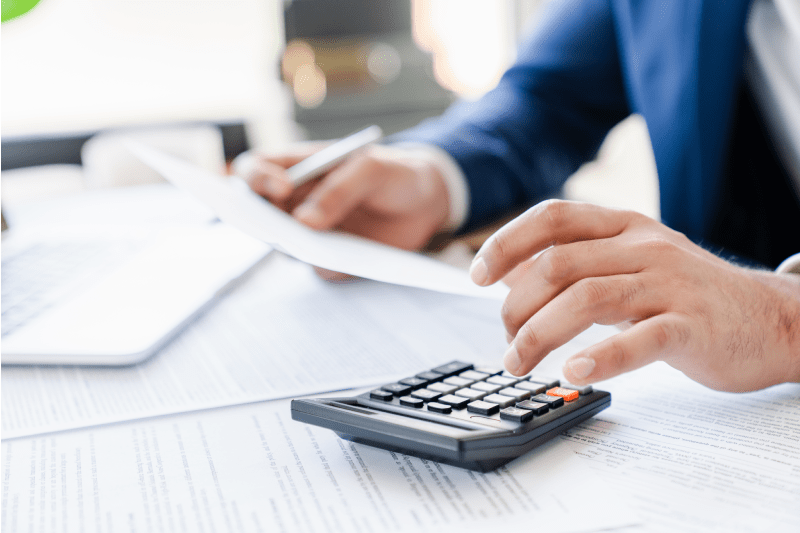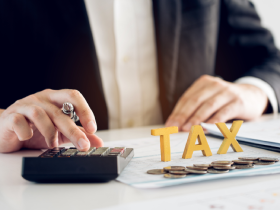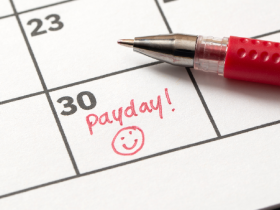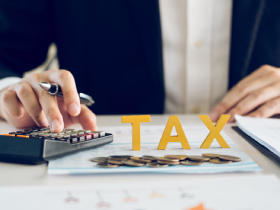If you’re the director of a profitable limited company, you might wish to start exploring dividends and how they could work with your business. If this is something you’re new to, don’t be alarmed if you’re feeling a bit baffled! There’s a fair bit of information to process around paying yourself from your business, and what the rules are around taking dividends. It can feel like a lot to navigate but we’re here to provide some clarity.
We cover the following topics to help you feel suitably clued-up before making any decisions:
- What is a dividend?
- How much can be taken as a dividend?
- The rules around tax and dividends
- The importance of leaving some profit in the company
- How an accountant can help
What is a dividend?
Dividends are payments which a company can make from its profits to its eligible shareholders. Sole traders, partnerships and LLPs don’t issue shares, so dividends are something which only affect limited companies.
Companies can only pay dividends from the profits left after paying their bill for Corporation Tax, and any other expenses and liabilities.
Any profit that the company is left with after dividends have been paid is known as ‘retained profit’ and will be reinvested back into the development of the company.
How often are dividends paid out?
There aren’t any restrictions on how often dividends are issued, but it’s generally better to take them on a consistent basis, such as every quarter or six months. Taking dividends on an ad hoc basis might indicate a financial issue to HMRC, and it helps to keep things more organised anyway.
Paying dividends isn’t obligatory by law but many business owners will do so, where possible, as a way to reward shareholders involved in the company. Many business owners will also pay themselves dividends from available company profit for a number of reasons, such as:
- A way to get a return on their investment into the business
- A tax-efficient way to supplement a salary without having to pay higher tax and National Insurance
How much can I take as a dividend?
There’s no set amount to how much you can pay yourself (or your shareholders) in dividends. The amount of profit available for dividends will, of course, fluctuate depending on the company’s performance, so how much you pay out will largely be dictated by this.
The importance of leaving some profit in the company
In order to safeguard your business and protect its cash flow, it’s essential that you only distribute what your company can afford from its profits after paying tax. Paying out more is likely to land your business in financial trouble, and probably also lead to penalties from HMRC.
Remember, paying out dividends isn’t a legal obligation. In fact, for some business owners, not doing so is a very conscious choice to retain profit in the company instead.
Even if a company does pay its shareholders dividends, it’s still always advisable to leave some profit in the bank. Why? For a number of reasons, including:
- Reinvesting in the business for development and growth
- Upgrading business assets
- To maintain a financial cushion for future security
- To demonstrate financial stability to potential lenders and investors
Do I have to pay tax on dividends?
Yes, you do need to pay tax on any dividends that you receive above the dividend allowance. This is a tax free allowance which means you can receive up to £500 of dividends (in the 2024/25 and 2025/26 tax years) before you need to start paying tax on them.
The dividend allowance can be used simultaneously alongside your personal tax allowance (which in 2024/25 and 2025/26 is £12,570), so you can use up one, then the other. The rate of dividend tax that you pay depends on your total income for the year.
One of the reasons why dividends are often considered such a tax-efficient way of taking money from a business is that the rates at which they’re taxed are lower than those applied to income tax. Plus, dividends are not subject to National Insurance.
That’s why many business owners will choose to take money from a company through a combination of salary payments and dividends. Typically, the business owner will pay themselves a salary up to the National Instance threshold and then take the rest in dividends.
Reporting dividend tax
Unlike a salary, dividends aren’t taxed at source, which means you’ll need to include them on your Self Assessment tax return.
How do I issue dividends?
When issuing dividends, you’re legally required to hold a directors’ meeting to declare the dividends and make a record of minutes taken. Although this might seem strange, that rule still applies even if you’re the only director of the company.
Each dividend issued requires its own dividend voucher declaring the date of issue, company name, shareholder name and the precise amount.
Our advice? Speak to an accountant
Hopefully, after reading this article, you’re now feeling more confident about all things dividends. The next step we’d recommend is to schedule some time with your accountant to discuss the specifics of your company and its finances.
Looking for a new accountant? Compare accountancy packages to get started.









5 Comments